YASSIR: Designing Algeria’s First Ride-Hailing App
Bridging the gap between global UX patterns and local market realities
Product: YASSIR (iOS & Android)
Market: Algiers, Algeria (first-to-market)
Duration: Jan 2017 – Nov 2017 (MVP), continued post-launch
Team: Solo UX Designer + 5 developers, 1 PM, stakeholders
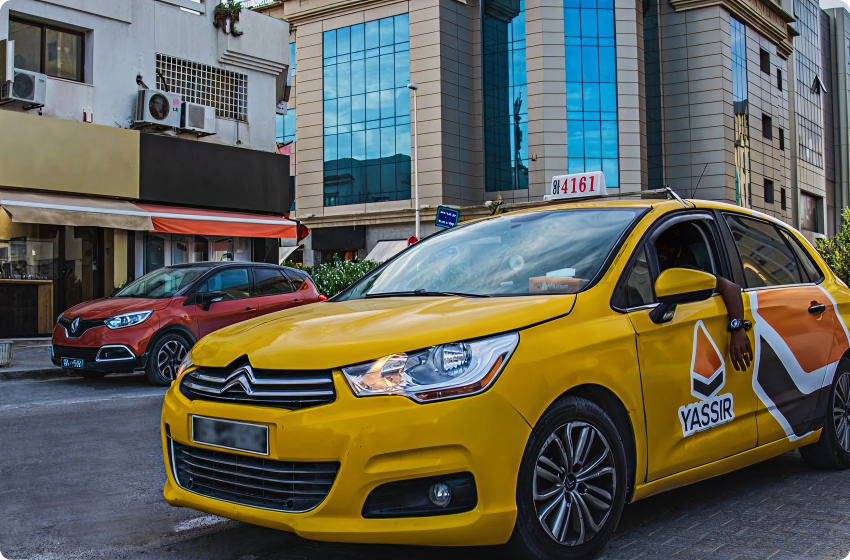
I led the UX design for YASSIR, Algeria’s first ride-hailing app, growing it from 25 to 500+ daily rides (1,900% increase) while reducing user drop-off by 81% and establishing category leadership in North Africa’s untapped mobility market.
My Role at YASSIR
- Lead UX Designer for Algeria’s first-to-market ride-hailing platform
- Conducted market research in an untapped North African market with zero ride-sharing precedent
- Designed end-to-end experiences for both passengers and drivers unfamiliar with the category
- Led post-launch optimization through data analysis and user testing
- Collaborated with 5 developers, 1 PM, and key stakeholders over 11 months
Impact & Results
| Metric | Before | After | Improvement |
|---|---|---|---|
| Daily rides | 25 | 500+ | 1,900% increase |
| Driver acceptance rate | 45% | 80% | 78% improvement |
| User drop-off at booking | 80% | 15% | 81% reduction |
| OTP re-requests | 2x avg | 0.3x avg | 85% reduction |
| Ride cancellations | High | Reduced 45% | 45% improvement |
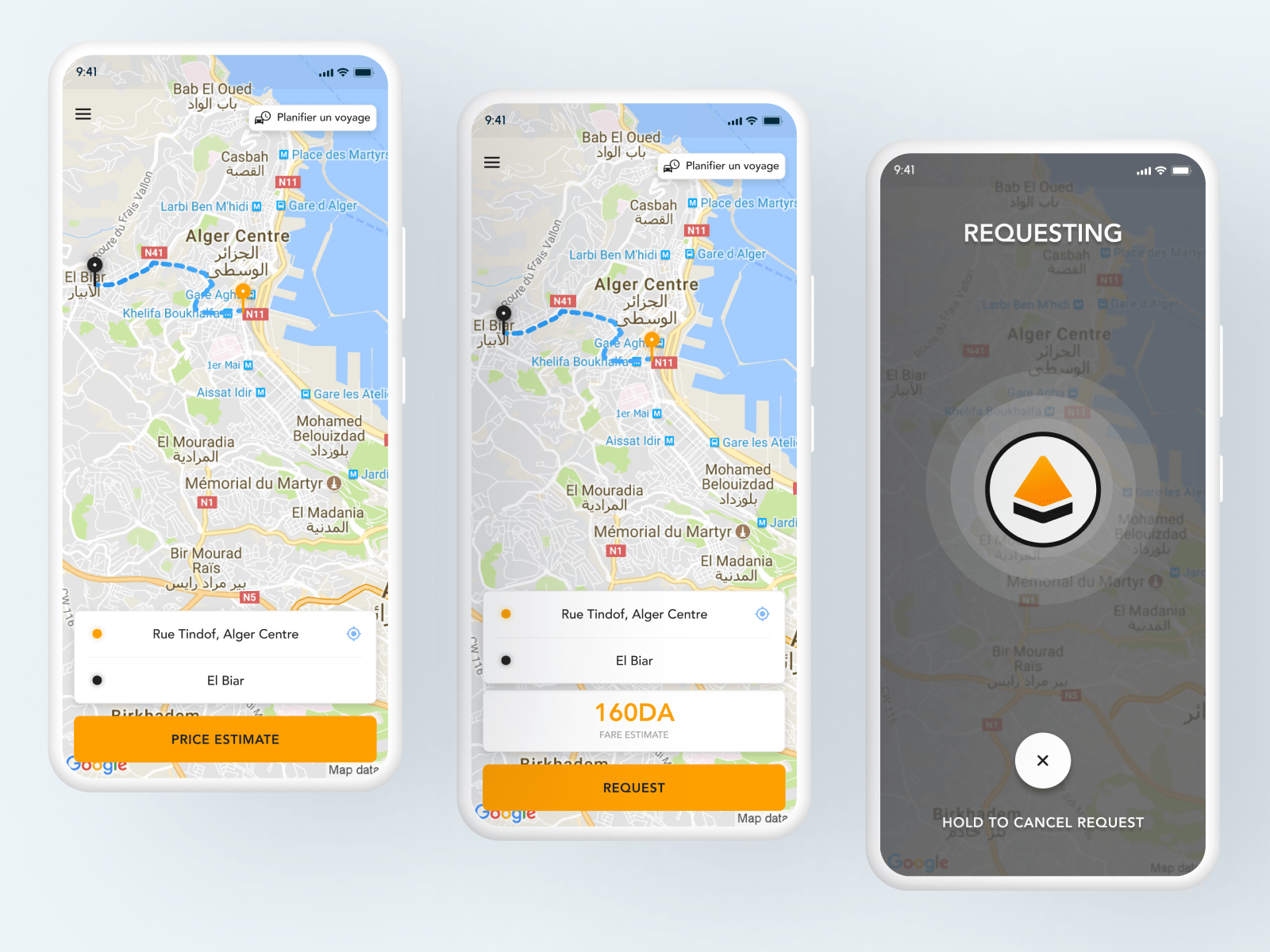
The Challenge
How do you design a ride-hailing app for users who have never used one before? Algeria in 2017 had no ride-sharing category, limited digital payment adoption, and users skeptical of both technology and “stranger danger.” Success required solving for trust, simplicity, and local context simultaneously.
Success meant solving for trust, simplicity, and local context simultaneously.
Competitive Analysis
Analyzed world leading ride-hailing platforms (Uber, Lyft, Careem, Yandex Taxi) to identify proven patterns and localization opportunities.
Key Findings
- Global UX patterns required significant adaptation for first-time ride-sharing users
- Onboarding flows needed to educate about the category, not just collect user data
- Mental models from established markets didn’t translate to Algeria’s transportation culture
- Trust-building elements were underdeveloped in existing apps for skeptical user bases
Impact on design strategy Adopted proven interaction patterns while redesigning information architecture for users unfamiliar with ride-hailing behavior, leading to simplified flows and educational onboarding that reduced initial user confusion. I adopted useful patterns, but adapted them to fit Algeria’s unique transportation culture and digital literacy.
User Research & Insights
Target Users: Ages 22-45, educated students and professionals, tech-aware but not tech-native, frequently commuting under time pressure in outdoor conditions.
Critical Research Findings
- Time pressure behavior: Always rushing when booking, needed single-tap interactions
- Trust barriers: Skeptical of strangers picking them up, required upfront driver verification
- Digital literacy gaps: Tech-aware but unfamiliar with ride-sharing mental models
- Price sensitivity: Needed cost certainty before committing to booking
Impact on design strategy
- One-tap ride requests applying Hick’s Law to minimize decision friction
- Large touch targets following Fitts’ Law for fast, accurate interactions while rushed
- Upfront driver details and pricing to build trust before commitment
- Simplified language and clear CTAs for users new to the category
Research Methods: Competitive analysis, user interviews, persona development, usability testing with target demographics unfamiliar with ride-hailing apps.
User Personas: Based on the previous user research I could create few user personas, here is one of them:
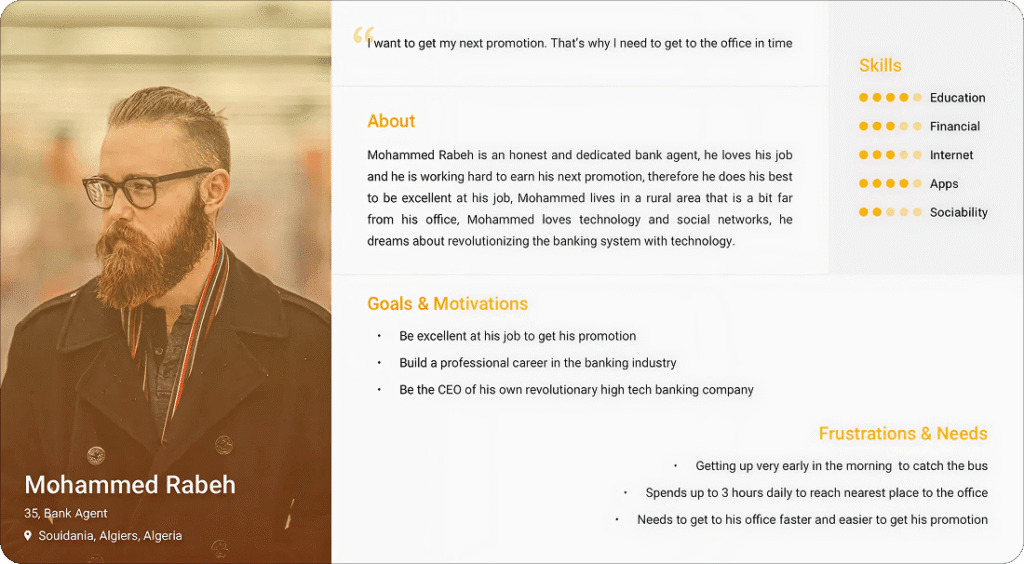
User Flows: After completing competitive analysis and user research insights, I translated findings into simplified user flows prioritizing speed and trust-building for Algeria’s first-time ride-hailing users.
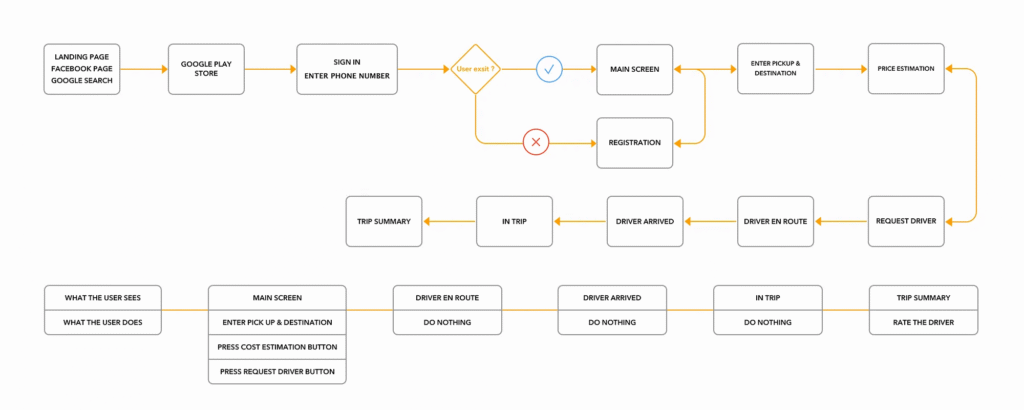
Key Design Solutions
Trust-First Approach
- Upfront driver photos and vehicle details to reduce stranger anxiety
- Transparent pricing before booking commitment
- Clear onboarding explaining how ride-hailing works
Optimized for Local Context
- One-tap ride requests minimizing decision friction (Hick’s Law)
- Large touch targets for users often booking while rushed (Fitts’ Law)
- Simplified language for tech-aware but not tech-native users
Hi Fidelity Design
Rather than chasing visual trends, I designed every element — from color contrast to button size — to strategically serve users in motion, outdoors, and often unfamiliar with digital ride-hailing apps. Design wasn’t just about polish — it was about guiding a behavior shift in a new market.

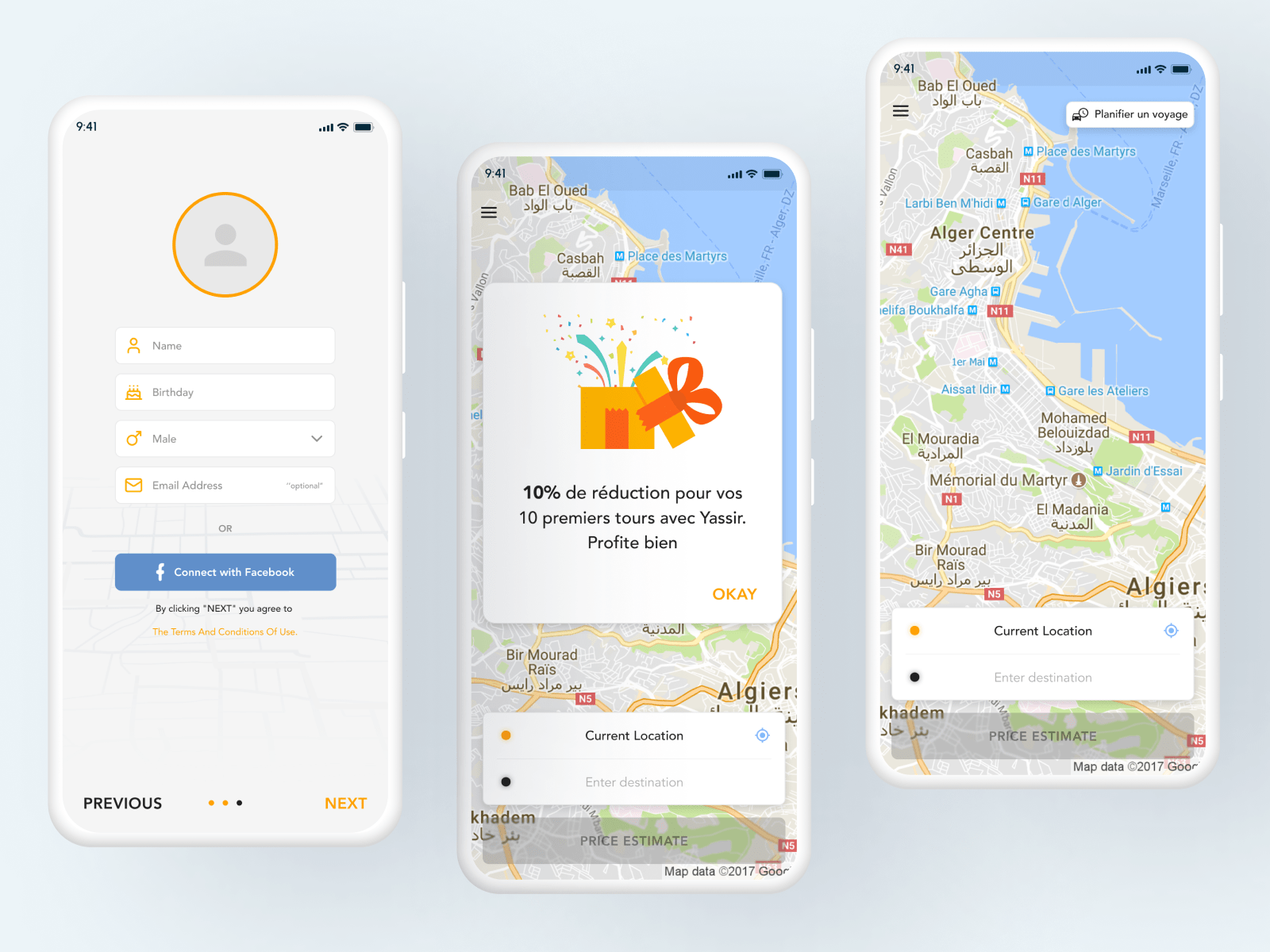


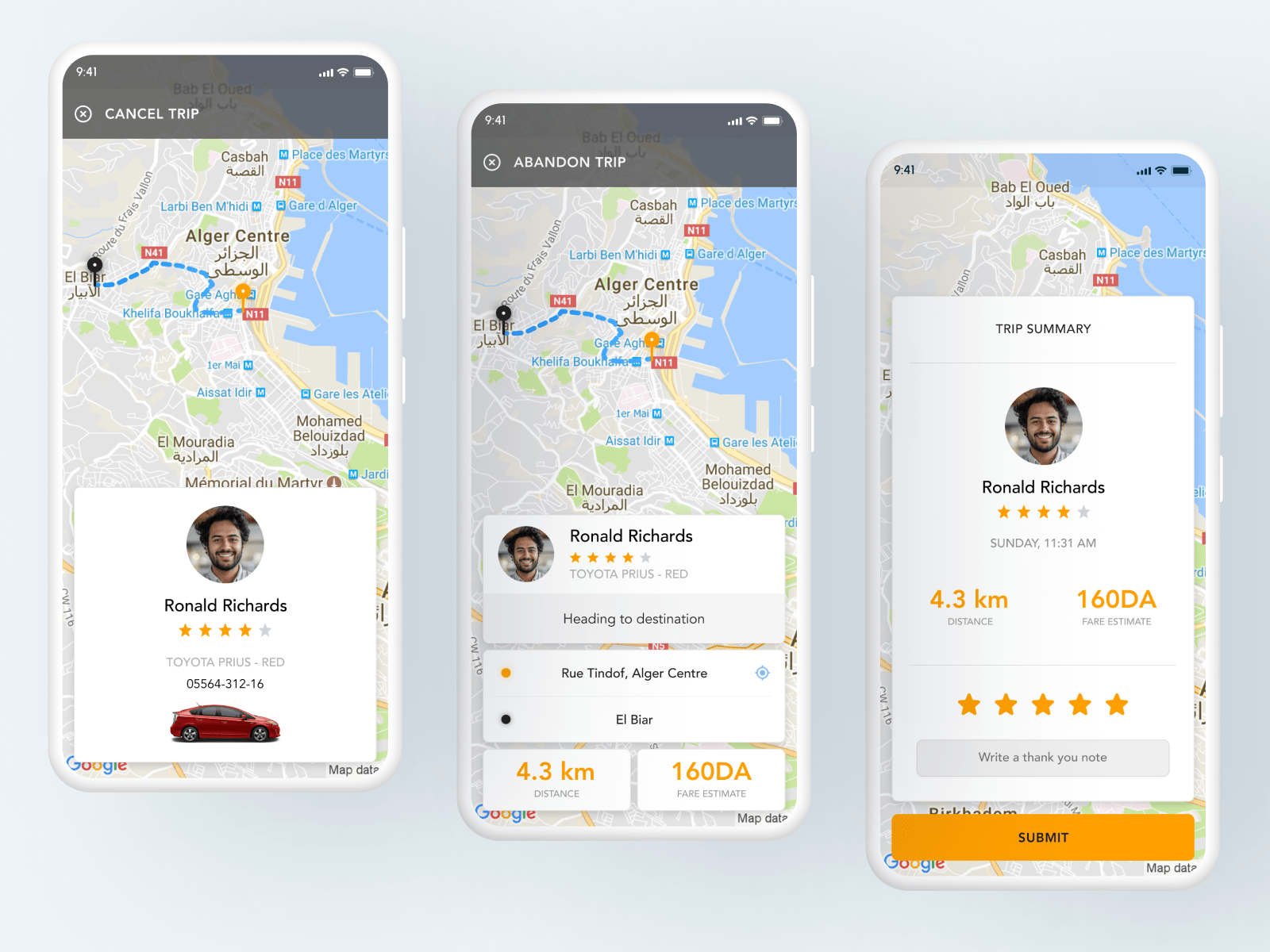
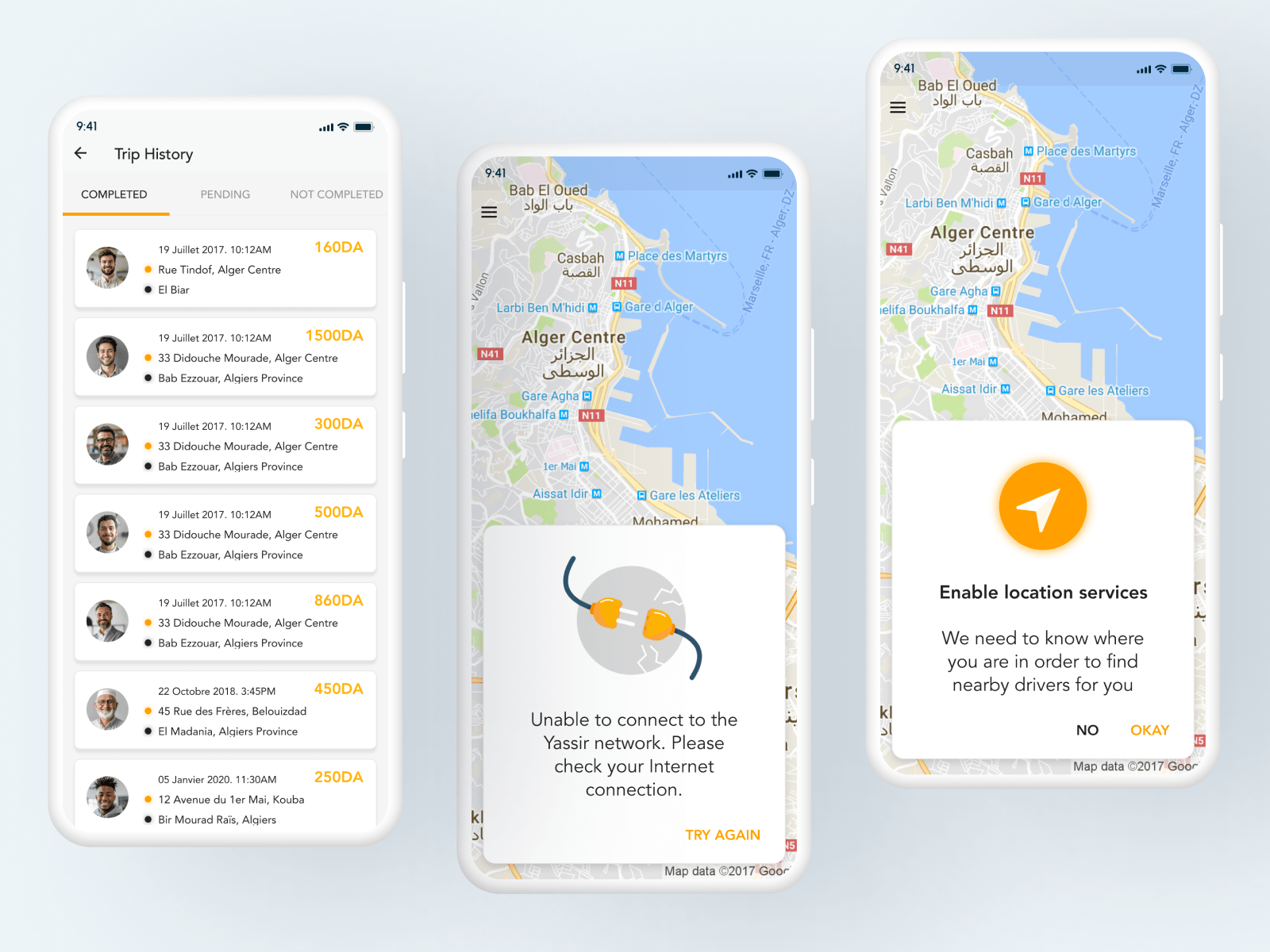
Post-Launch Optimizations
OTP Confusion Fix Users re-requested verification codes multiple times, costing money and creating friction. Added 60-second cooldown with clear instructions, reducing repeated requests by 70%.
Price Transparency Issue Users stalled at “Request Driver” without knowing cost. Introduced price estimation screen before booking, dropping user abandonment from 80% to 15%.
Driver App Redesign Initial driver interface failed with older, less tech-savvy drivers. Redesigned for landscape in-car usage with larger text and extended request times, boosting acceptance rates to 80% and reducing cancellations by 45%.
Business Impact
Product Evolution: Foundational UX principles guided expansion into delivery and payments
Market Leadership: Established ride-hailing category in Algeria, later expanded across North Africa and Europe
User Growth: Scaled from 0 to thousands of active users within months
Operational Efficiency: Reduced support tickets through improved UX design
Revenue Growth: Significant driver base expansion after usability improvements
Key Learnings
What Worked
- Local research beats global assumptions – Understanding Algerian transportation culture was crucial
- User empathy is not optional, especially in emerging markets
- Trust-building through transparency – Upfront pricing and driver details reduced anxiety
- Mistakes are part of the process – they must be measured, understood, and fixed quickly
- User testing is not a luxury – it’s the foundation of successful product design
“My most memorable moment was hearing an older driver say it takes him 3 minutes just to stop driving, put on his glasses, and read a ride request. That changed everything about how I thought of accessibility in tech.”
What I’d Do Differently
- Earlier driver testing – Should have tested driver interfaces with actual drivers sooner
- More extreme environment testing – Test in bright sunlight, poor connectivity from day one
- Built-in feedback loops – Integrate user feedback tools into the app itself
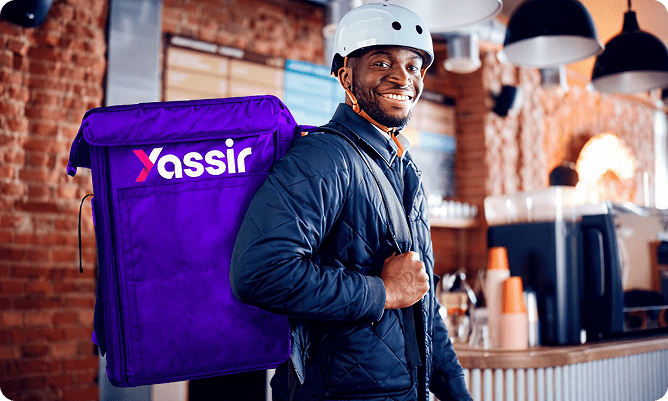
YASSIR has since expanded across North Africa and Europe, also they added multiple services (delivery, payments). The foundational UX principles established in this initial design – trust, simplicity, and local relevance – continue to guide the product’s evolution.




